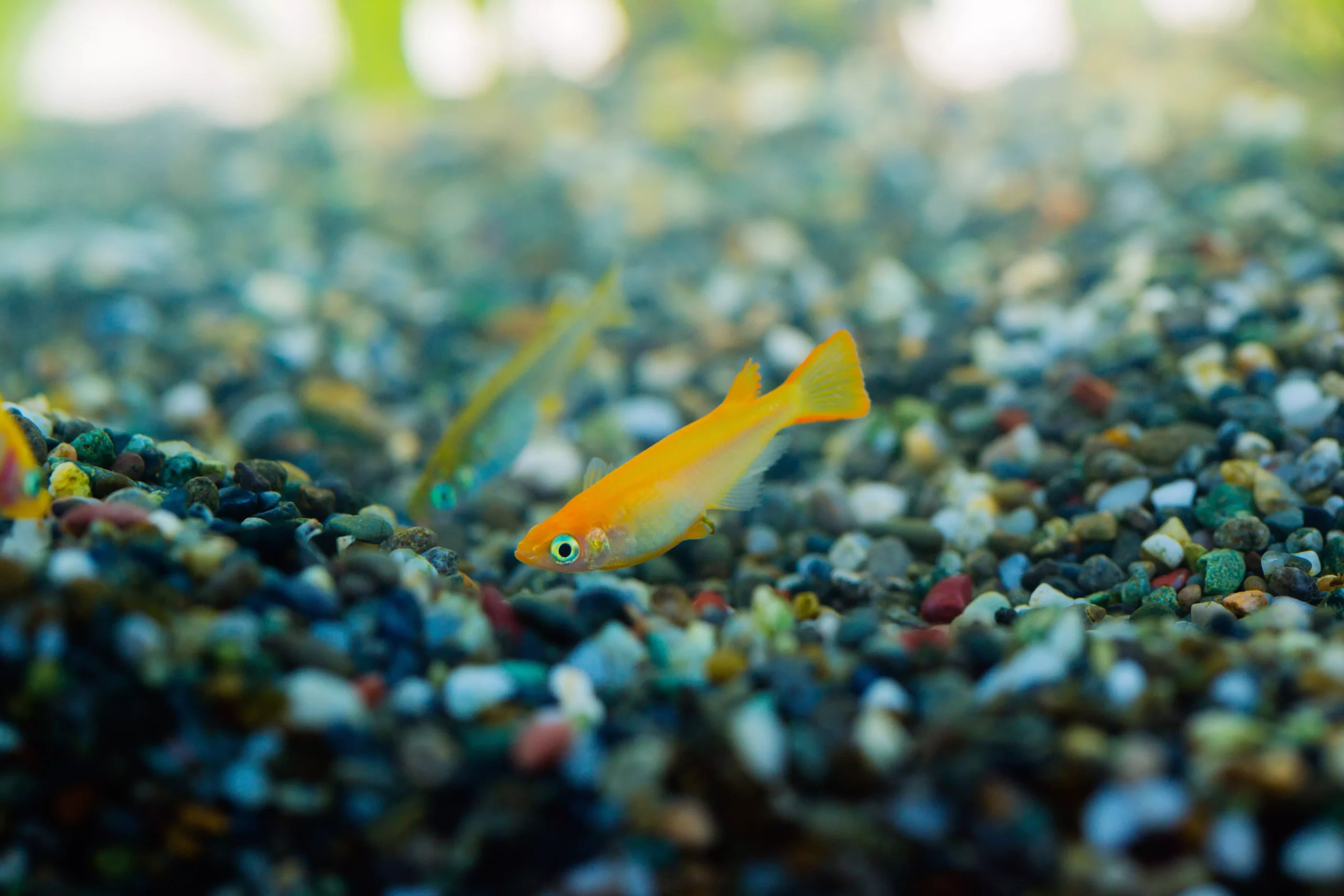When designing an aquarium, one of the most critical decisions is the selection of the substrate. This foundational layer offers more than just a decorative element; it plays several vital roles in maintaining a healthy environment for aquatic life. Substrate refers to the material that lines the bottom of an aquarium, available in a myriad of colors and compositions, allowing for extensive personalization. However, choosing the right substrate isn’t merely an aesthetic concern; it can have profound impacts on the overall ecosystem of the tank.
The tank substrate affects water quality, offers a habitat for beneficial bacteria, aids in the growth of live plants, and impacts the behavior of fish. Given the substrate’s multifaceted role, careful consideration is crucial prior to establishing a new aquarium.
The primary function of substrate extends beyond aesthetic enhancement; it serves several ecological purposes that can influence the health of aquatic inhabitants. For instance, gravel often acts as a substrate where beneficial bacteria can flourish—these microorganisms are essential for breaking down waste products and facilitating the nitrogen cycle within the aquarium. The substrate thus acts as a biological filter, providing a space where critical enzymatic processes occur continuously.
Additionally, substrate supports live plants, providing anchorage for their roots and essential nutrients necessary for their growth. Specialized substrates exist to cater to the diverse nutrient needs of aquatic plants, ensuring they thrive in their environment. This is especially important in freshwater aquariums, where lush plant growth can contribute significantly to water quality by absorbing excess nutrients and carbon dioxide.
The substrate material also plays a role in promoting the well-being of fish species, particularly for bottom-dwelling fish that prefer to root through substrate layers looking for food. Substrate can provide a sense of security for fish, as it reduces reflections that may create stress and anxiety, enabling them to behave more naturally in their aquatic habitat.
Moreover, certain fish species, especially those that breed by scattering eggs, benefit from a substrate that can conceal their eggs from potential predators. A mottled substrate can effectively camouflage eggs laid on the tank’s bottom, giving them a better chance of surviving until hatching. Consequently, substrate selection should consider not only its visual appeal but also its practical implications for breeding and sustainability.
Beyond their functional aspects, substrates also serve a significant aesthetic role in aquarium design. The color and texture of the substrate can elevate the overall visual appeal of the aquarium, reflecting the thematic elements chosen by the aquarist. For instance, a bright, colorful substrate may be best suited for a child’s aquarium themed around castles or underwater adventures, while natural, earthy tones may work better for biotope setups that mimic natural rivers or lakes.
Aquarium substrates vary widely, with common options including gravel, sand, and even crushed coral. Gravel is frequently favored for its versatility; available in numerous sizes, colors, and shapes, it can cater to a variety of fish needs and aesthetics. In contrast, sand is ideal for burrowing species, while crushed coral can raise pH levels, catering specifically to certain types of fish, like African cichlids.
Another essential aspect of substrate selection is depth. Generally, a layer of about 2 inches is recommended for gravel substrates, but depth can vary based on the types of plants kept. For sand, shallower depths of roughly 1 to 1.5 inches are advisable to avoid creating anaerobic zones that can detrimentally affect water quality over time.
Regular maintenance is crucial for substrates, as organic waste can accumulate and lead to water quality issues. Employing tools like gravel vacuums during routine water changes can effectively manage debris without disturbing the substrate layer itself. This routine upkeep plays a key role in sustaining a healthy aquatic environment and promoting the longevity of both fish and plants.
Choosing the right substrate for an aquarium is a critical aspect that combines aesthetic value with ecological necessity. Factors such as the needs of the fish species, compatibility with live plants, and individual stylistic desires all play a role in making the best choice. Ultimately, a well-considered substrate selection promotes a thriving aquatic ecosystem, enhances the beauty of the aquarium, and creates a serene environment that can provide joy to its caretakers. As you embark on your aquarium journey, remember that the right substrate serves as the foundation for a successful aquatic habitat.

